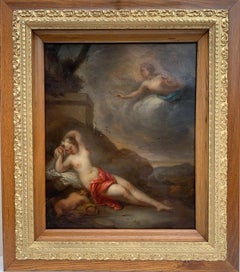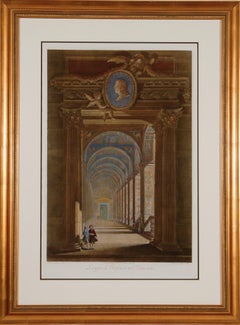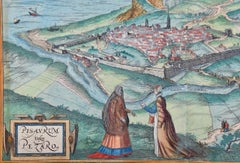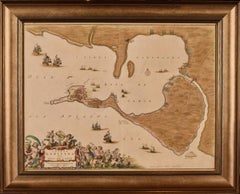USA - Art
17th Century Old Masters USA - Art
Copper
17th Century USA - Art
Oil
Late 18th Century Old Masters USA - Art
Engraving
16th Century Baroque USA - Art
Bronze
16th Century Old Masters USA - Art
Engraving
Mid-17th Century Old Masters USA - Art
Engraving
1770s Old Masters USA - Art
Paint, Oil, Panel, Wood Panel, Board
17th Century Old Masters USA - Art
Engraving
Late 18th Century USA - Art
Engraving, Etching
Early 18th Century Old Masters USA - Art
Engraving
17th Century Old Masters USA - Art
Engraving
Late 17th Century USA - Art
Mezzotint
17th Century Old Masters USA - Art
Engraving
16th Century Old Masters USA - Art
Oil, Wood Panel
Early 18th Century Naturalistic USA - Art
Watercolor, Engraving
16th Century Flemish School USA - Art
Oil
16th Century Old Masters USA - Art
Engraving
17th Century Old Masters USA - Art
Graphite
1780s Academic USA - Art
Laid Paper, Engraving
Early 17th Century Neo-Expressionist USA - Art
Engraving
18th Century USA - Art
Watercolor, Engraving
Early 18th Century Naturalistic USA - Art
Watercolor, Engraving
Early 18th Century Naturalistic USA - Art
Watercolor, Engraving
18th Century Baroque USA - Art
Wood, Paint
Early 18th Century Naturalistic USA - Art
Watercolor, Engraving
17th Century Old Masters USA - Art
Etching
Mid-18th Century USA - Art
Handmade Paper, Chalk
Early 18th Century Naturalistic USA - Art
Watercolor, Engraving
16th Century Old Masters USA - Art
Oil, Wood Panel
Early 18th Century Naturalistic USA - Art
Watercolor, Engraving
Early 18th Century Naturalistic USA - Art
Watercolor, Engraving
Early 18th Century Naturalistic USA - Art
Watercolor, Engraving
Mid-18th Century Old Masters USA - Art
Engraving, Etching
Early 18th Century Old Masters USA - Art
Engraving
17th Century French School USA - Art
Paper, Chalk
Early 18th Century Academic USA - Art
Engraving
Early 18th Century Naturalistic USA - Art
Watercolor, Engraving
Early 17th Century Old Masters USA - Art
Engraving
Late 18th Century Edo USA - Art
Paper, Ink, Woodcut
17th Century Old Masters USA - Art
Terracotta, Gesso
18th Century Old Masters USA - Art
Etching
Early 18th Century Old Masters USA - Art
Engraving
16th Century Old Masters USA - Art
Engraving
Early 17th Century Baroque USA - Art
Paper, Chalk
Mid-18th Century USA - Art
Mezzotint
Late 17th Century USA - Art
Engraving
18th Century and Earlier Baroque USA - Art
Chalk
Mid-18th Century USA - Art
Engraving
Mid-17th Century Old Masters USA - Art
Handmade Paper, Laid Paper, Tissue Paper, Etching
17th Century Baroque USA - Art
Paper, Ink, Pen
Mid-18th Century Old Masters USA - Art
Ink, Pencil, Laid Paper
Mid-18th Century USA - Art
Engraving
18th Century Old Masters USA - Art
Handmade Paper, Graphite
18th Century USA - Art
Paper, Chalk, Engraving
Late 18th Century Impressionist USA - Art
Oil
Early 17th Century Old Masters USA - Art
Paper, Canvas, Oil
Mid-17th Century Old Masters USA - Art
Handmade Paper, Engraving, Etching
17th Century Old Masters USA - Art
Paper, Chalk, Ink, Pen





